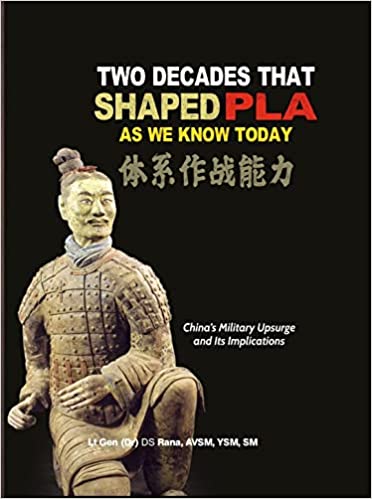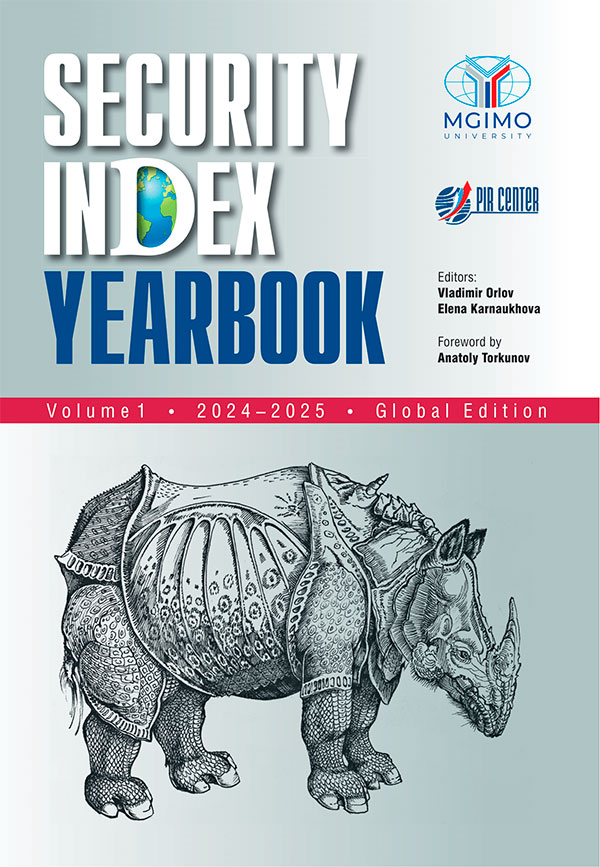Working Paper No. 83 / 2024
Working Paper No. 83 / 2024
The following working paper presents the results of foreign economic activity of the Eurasian Economic Union (EAEU) following its establishment. The author carefully analyzes free trade zone agreements (FTZs) as a key tool for developing the Union’s foreign economic relations. Additionally, the author assesses the effectiveness of existing EAEU FTZ agreements with third countries, as well as the outlook for new agreements. This research aims...
... significantly.
This set of Russian tools for working with the countries of the "near abroad," of course, is not limited to the four instruments mentioned above. There are also education export opportunities with budget quotas for students from the CIS, programs to promote Russian culture and language, bilateral and multilateral technology chains, etc. But all these tools in the conditions of a predominantly rent-seeking Russia’s economy have limited efficiency. The limitations become particularly apparent in the presence ...
... Asian republics was not joy but bewilderment and even disappointment. Support for the retention of the Union was also highest in Central Asia among all the republics, with 95 per cent in favor of keeping the union in the referendum of March 1991.
The decisive forces in the collapse of the Soviet Union were Russia, Ukraine, and Belarus. These three Slavic nations formed the bulk of the Soviet Union in terms of politics, economy, military forces, land, and population. Of the three, Ukraine was seen as the most committed to independence, and played a key role ...
... relations with Western Europe without Brussels. But on many important issues, may it be on trade and tariffs, sanctions or investment policies, it is Brussels that decides.
Current Issues: On Russian Relations with Europe, Future of Relations with China and Russia and the CIS
Andrey Kortunov
: The explanation I have for these events is that in Moscow, the perception was that Borrell visited to Russia to teach Russian authorities about human rights against the background of the Navalny case. The assumption was that this ...
... addition, the multilateral FTA in the CIS space has an obvious potential for enhancing the internal interrelatedness of the post-Soviet region and for joining global markets and infrastructure. It is no coincidence that the list of priorities of the Russian CIS Presidency includes an increase in effectiveness of economic cooperation processes and a “coupling of different levels of integration processes in the CIS space.” Given the waning interest on the part of leading western actors, Russia becomes ...
... economic conditions diminish the chances of relying on players outside the region and fuel interest in the search for resources to preserve political stability and drivers of economic growth within the post-Soviet space. In this context, the role of Russia is extremely important and continues to grow.
A separate topic of discussion in the CIS format in recent years has been the need for the organization to be more active in the security sphere, while the leaders of CIS states recalled the goals and mechanisms of collective security formulated at the inception of the CIS process. The CIS ...
On February, 9 2017, the Russian International Affairs Council (RIAC) held the press-conference in the media centre of Rossiya Segodnya news agency, dedicated to the main trends and the prospects for the development of the post-Soviet space. The event was timed for the 25
th
...
The CIS election observation mission suggested elaborating common election observation approaches to its counterparts from the OSCE Office for Democratic Institutions and Human Rights, head of the CIS mission to observe the parliamentary elections in Belarus ...
Russia in Eurasia: SWOT Analysis
Russia and Eurasia: Main Trends
The Eurasian vector is one of the key areas of Russian foreign policy today. Partnerships with major Asia-Pacific and South Asian countries, as well as cooperation with the CIS countries, has traditionally been a Russian priority. That priority has become more pronounced in recent years. It is manifested above all in the creation of the Eurasian Economic Union (EEU), an international association of five former Soviet economies: Belarus, Kazakhstan and Russia, ...
... necessary a search for new mechanisms and instruments for combating it in connection with the launch of the Russian military cooperation in Syria and simultaneous ISIS offensive in the northern provinces of Afghanistan, close to the external border of the CIS. Russian foreign policy, both regionally and globally, faces the challenge of involving the post-Soviet states in common multilateral military cooperation. Neither Uzbekistan nor Turkmenistan are members of the CSTO and their relations with Moscow are ...



